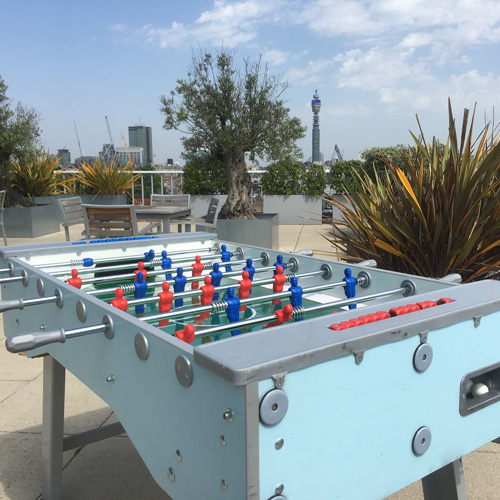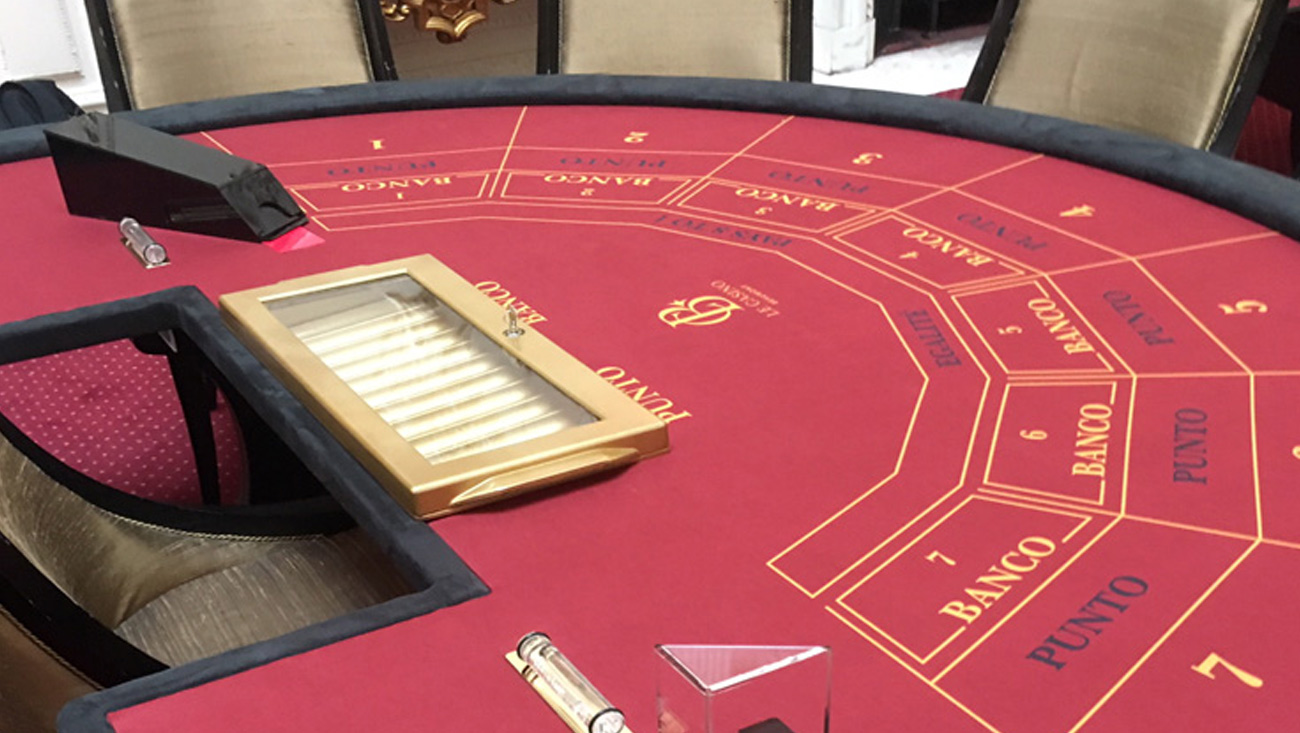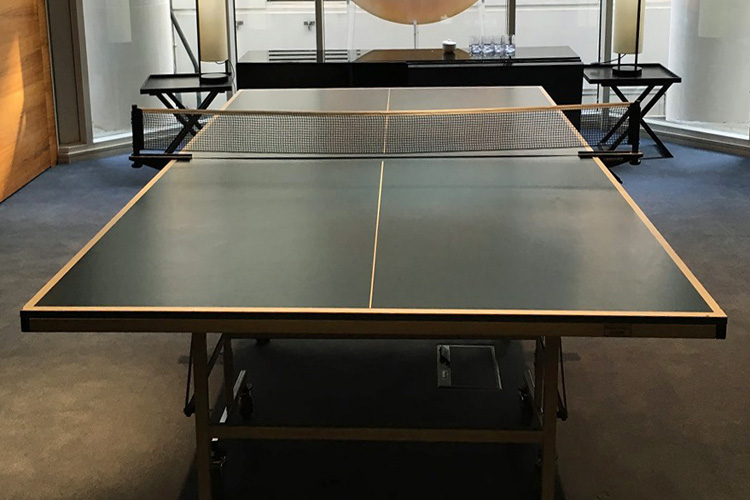
When you think of the word “volley,” it probably brings to mind tennis or perhaps even badminton, where the ball or shuttle is returned before it hits the ground. In traditional tennis, a volley is not only allowed but is often a vital part of the game. But table tennis, also known as ping pong, plays by its own unique set of rules — and the concept of volleying is treated quite differently.
Many beginners, or even those coming from other racket sports, often wonder: Can you volley in table tennis? It’s a perfectly reasonable question, especially given the similarities in terminology across racket-based games. However, the answer is more nuanced than a simple yes or no. Let’s break down what volleying actually means in the context of table tennis, why it’s largely prohibited, and what implications it has for players at all levels.
What Is a Volley in Table Tennis?
Before we dive into the legality of the move, it’s worth defining what a “volley” actually is in this context. In racket sports, a volley refers to striking the ball before it bounces on your side of the court or table. In other words, it’s intercepting the ball mid-air.
In table tennis, this is sometimes referred to more specifically as a “strike before bounce.” You might see a player instinctively swat at the ball in mid-air before it reaches the table, especially if it’s drifting toward the edge. While it may seem like a skillful and proactive move, table tennis rules are clear about what’s allowed in terms of ball contact and timing.
The Official Rule: No Volleying Allowed
Under the rules set by the International Table Tennis Federation (ITTF), volleying — that is, hitting the ball before it touches your side of the table — is not allowed in normal gameplay. In fact, doing so results in an immediate loss of the point.
The official wording goes something like this: if a player strikes the ball while it’s still above the playing surface and before it bounces on their side, it is considered a fault unless the ball has already passed the end line without touching the table. In simple terms, unless the ball is clearly going out (i.e., not going to land on the table), you’re not permitted to hit it mid-air.
That might seem counterintuitive at first, especially if you’re used to more aggressive styles of play in sports like squash or tennis. But the logic behind the rule is rooted in the design of the game. Table tennis is built on control, placement, spin, and anticipation. Allowing volleys would disrupt the delicate balance of skill that defines the sport.
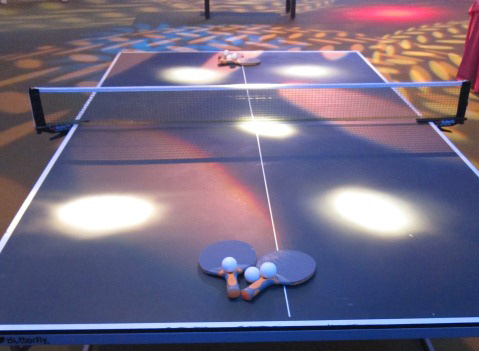
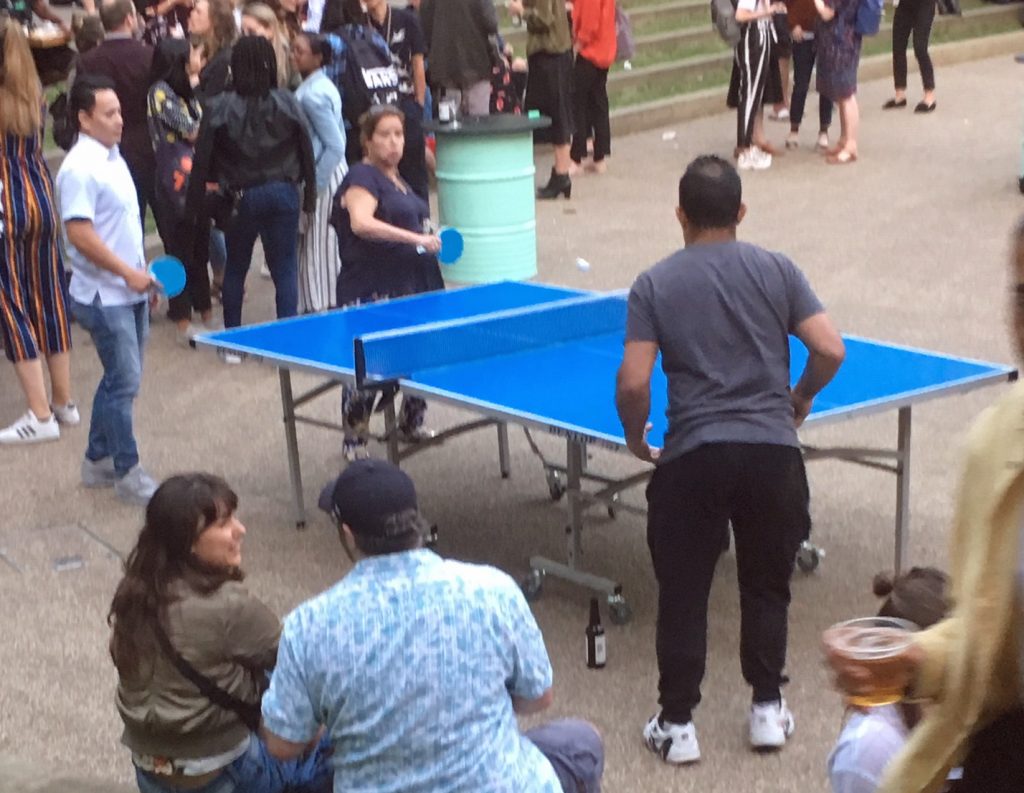
Why Are Volleys Illegal in Table Tennis?
There are several key reasons why volleying isn’t allowed in table tennis, and they all tie back to the integrity of the game.
Firstly, table tennis is played on a relatively small surface area. Introducing volleys would dramatically change the pace and nature of the game. Players could hover over the table, swatting at every return before it even has a chance to bounce. This would reduce the game to a reaction-time contest and eliminate much of the strategic depth.
Secondly, volleying would undermine the fundamental idea of rallies. In table tennis, the bounce is what resets the point and allows both players to react, reposition, and engage in thoughtful exchanges. If volleying were legal, it would lead to chaotic and overly aggressive plays that disrupt the flow.
Finally, the rule also serves a practical safety function. Table tennis players often lean in close to the table. Encouraging volleys would lead to a higher risk of accidental contact with the table, the net, or even the opponent’s racket. By requiring the ball to bounce first, the game maintains a respectful buffer that helps regulate player movement and positioning.
What Happens If You Do Volley in Table Tennis?
If you hit the ball before it touches your side of the table and it would have landed on the table, your opponent is awarded the point. That’s considered an interruption of the rally in your favour, and table tennis rules are quite strict in penalising this.
However, there’s a slight caveat. If your opponent hits the ball and it clearly isn’t going to land on the table — let’s say it’s flying off the side or past the end line — and you still hit it in mid-air, you don’t lose the point. In this instance, it’s your point because the ball was effectively out of bounds already. You’re allowed to hit the ball after it has passed the end line of the table, provided it wasn’t going to land on your side. But it’s a risky move — and often hard to judge in real-time.
Accidental Volleys and Common Mistakes
In casual play, especially among beginners, accidental volleys are fairly common. A player might instinctively reach out and strike the ball mid-air, not realising it hasn’t yet bounced. Or they might think they’re saving a difficult return, when in fact they’ve just handed their opponent a point.
One of the most frequent scenarios involves the serve. Sometimes the returning player misreads the trajectory of a spin serve and intercepts the ball before it hits the table. Even though the instinct to make contact is strong, it still counts as a fault unless the ball was going out.
Another common error occurs at the net. A short ball might barely clear the net and seem likely to bounce twice, tempting the player to rush in and hit it before it lands. But no matter how close it is to the net, it still has to hit your side of the table before you’re allowed to strike it.
Professional Play and Volleys
In professional table tennis, you almost never see volleys — and that’s not just because they’re against the rules. Top-level players have trained themselves to read spin, trajectory, and bounce with incredible precision. They know that timing is everything, and hitting the ball before it bounces rarely offers an advantage unless the ball was already going long.
There are, however, moments of extreme agility and reaction time that might look like a volley, especially during fast-paced rallies. But if you slow the footage down, you’ll often see that the ball has just barely touched the table before the player makes contact. Elite players know how to work within the confines of the rules while still playing at breathtaking speed.
Defensive vs Offensive Play and the Role of Timing
Timing plays a huge role in table tennis strategy, and the no-volley rule adds another layer of complexity to this. Defenders often rely on spin, placement, and deception to keep their opponents off-balance. Attackers need to read these plays and respond quickly, but they can’t jump the gun and strike the ball early.
This encourages a more measured approach to offensive play. Rather than just trying to intercept every ball early, players are forced to wait — sometimes just milliseconds — for the bounce. That brief pause often makes all the difference between a winning shot and a lost point.
The no-volley rule actually helps level the playing field in this regard. Without it, faster and more aggressive players would have a massive advantage. By enforcing a bounce before contact, the sport maintains a tactical balance between aggression and defence.
Table Tennis in the UK: Coaching and Training the Right Way
In the UK, table tennis continues to grow in popularity, both at a recreational and competitive level. From community halls and school sports clubs to semi-professional coaching academies, there’s a strong emphasis on proper technique and rule-based gameplay.
Coaches across the UK are keen to drill the importance of patience and timing into their players. One of the first things players are taught is to avoid striking the ball before it bounces. This discipline not only avoids penalties but also nurtures good habits around footwork, racket positioning, and strategic decision-making.
British table tennis coaching philosophy leans heavily on building technical skills first. Players are encouraged to develop a strong sense of timing, spin control, and rally consistency. While the game certainly rewards reflexes, it also rewards foresight — and volleying simply has no place in that framework.
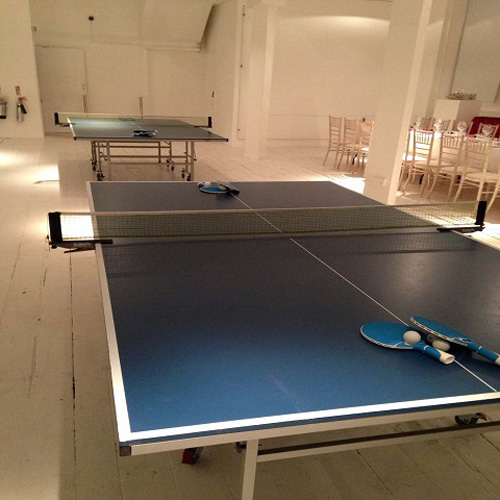
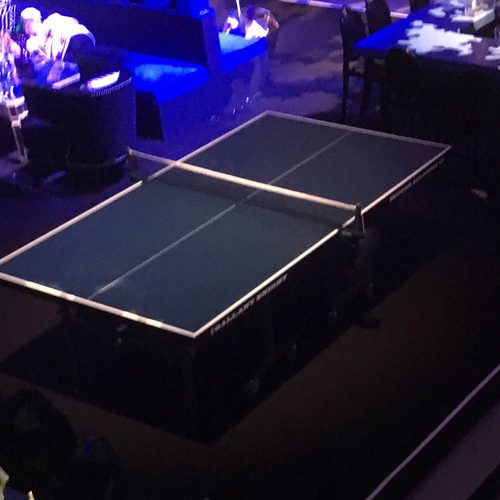
What About Doubles Matches?
Interestingly, the no-volley rule applies just the same in doubles as it does in singles. In fact, it can be even more critical due to the complexity of coordination between partners. With less space to move and a shared court, players must be even more mindful of positioning and timing.
A doubles player might be tempted to intercept a floating ball before it comes down, particularly if their partner is slightly out of position. But the rule still stands: the ball must bounce before you hit it. Learning to anticipate the bounce and maintain coordination with your teammate is a key part of becoming a solid doubles player.
Final Thoughts: Play Smart, Not Early
So, can you volley in table tennis? The simple and final answer is: no, you can’t — at least not in the way you might hope. While other racket sports celebrate the volley as a tactic of speed and aggression, table tennis plays by a different set of rules. Here, the bounce is king.
The prohibition of volleys in table tennis is not a limitation — it’s a feature. It protects the integrity of the game, fosters a more strategic style of play, and ensures that both players have an equal chance to respond. Whether you’re playing in your garage or at a local league match, respecting the bounce is a fundamental part of becoming a better player.
Next time you’re at the table and see that tempting high ball hovering over your side, resist the urge to swat it out of the air. Wait for the bounce, time your shot, and play by the rules. That’s the real mark of a skilled table tennis player — and a sporting one too.
Contact the team at Viva Vegas.



